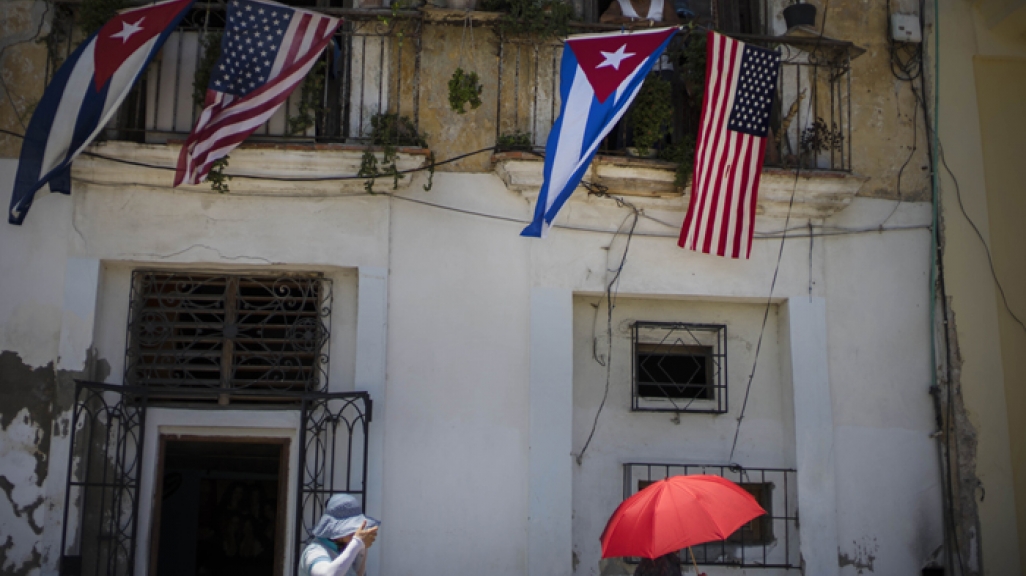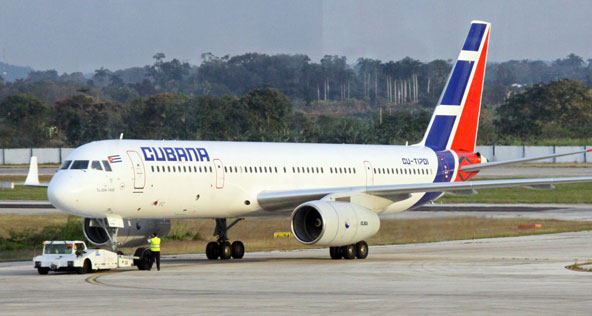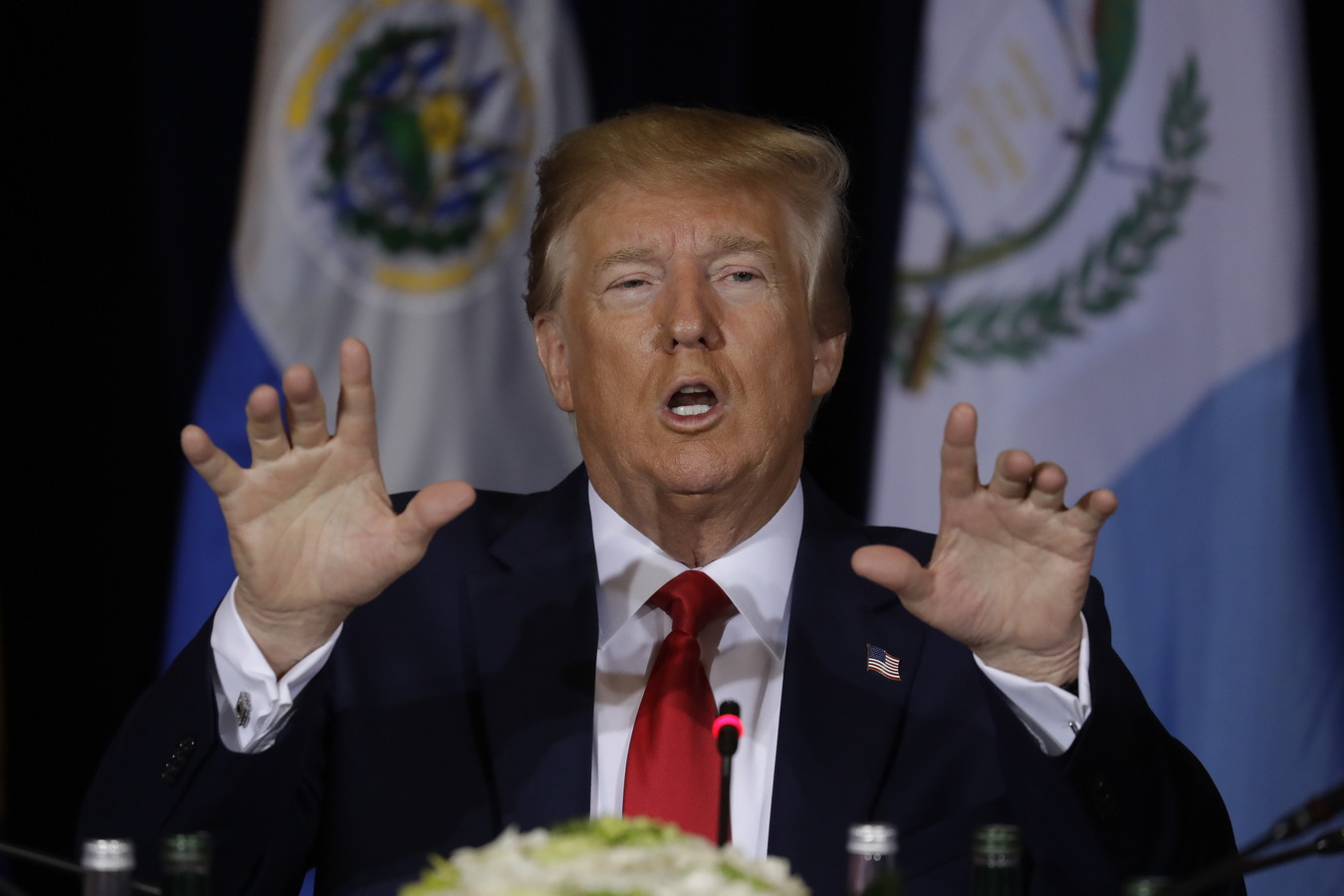What's Next on the U.S.-Cuba Agenda?
What's Next on the U.S.-Cuba Agenda?
A number of issues still could prove sticking points, but areas such as counternarcotics and the environment spell opportunities for cooperation.
On August 14, John Kerry raised the flag at the U.S. embassy in Cuba, becoming the first U.S. secretary of state to visit the island in 70 years. It was the culmination of a dialogue both countries began in 2013, but an early step in founding a new era of diplomatic relations. Complex and controversial issues remain on the agenda, namely ending the embargo on Cuba and solving differences over Guantanamo Bay. Cuban Foreign Minister Bruno Rodríguez said at Friday’s ceremony: “I have reiterated to the secretary of state that a total lifting of the blockade—or ‘embargo,’ as you say—as well as the return of the territory occupied illegally by the Guantanamo Naval Base… are essential to be able to develop normal relations with the United States.”
Both Kerry and Rodríguez highlighted a number of areas for cooperation that a new steering committee will address, with meetings set to begin September 10, according to Kerry. On the other hand, the delegates clarified that U.S.-Cuba migration policies will remain off the table for now.
Here are topics up for debate in a new era of bilateral ties.
1. The Guantanamo Conundrum
Every year the United States sends a check for $4,085 to Cuba to pay for the 45 square miles where the naval base is located. But the checks are archived rather than cashed because the Cuban government contends the United States is holding the land illegally. A 1903 treaty originally gave the United States the right to lease the land and have jurisdiction there, but Fidel Castro stopped recognizing the treaty after coming to power. While the Obama administration is seeking avenues to shut down the Guantanamo detention center, it is not pursuing closure of the naval base, according to White House spokesperson Josh Earnest. At Friday’s ceremony, Kerry confirmed there is “no current discussion or plan to change the arrangement with respect to Guantanamo.”
2. Ending the Embargo
The next great milestone would be ending the embargo that the United States first implemented against Cuba in 1962. U.S. President Barack Obama has already eased restrictions in areas such as travel, telecommunications, and remittances, but barriers still keep U.S. businesses from engaging in the island’s economy. In order to lift the blockade entirely, the U.S. Congress would first have to adjust or repeal the Cuba Democracy Act (1992) and the Helms-Burton Act (1996), which require that Cuba carry out democratic elections before economic sanctions can be lifted.
3. Appointing a U.S. Ambassador to Cuba
Appointing an ambassador requires Senate confirmation, and already three prominent Cuban-American senators—Ted Cruz (R-TX), Robert Menendez (D-NJ), and Marco Rubio (R-FL)—are threatening to veto Obama’s proposal for an envoy to Cuba. In the meantime, the State Department appointed Jeffrey DeLaurentis as charge d’affaires. DeLaurentis became chief of mission at the U.S. Interests Section—the prior name for the building hosting the new embassy—in August 2014.
Kerry did not make mention of the appointment of an official ambassador at Friday’s flag raising. But names on the shortlist have ranged from DeLaurentis to former U.S. Commerce Secretary Carlos Gutierrez to ex-Senator of Connecticut Chris Dodd.
4. Compensation for Property and Damages
Another priority for both sides is resolving claims in the billions of dollars for damages and property seized during the Cuban Revolution. The U.S. Justice Departments Foreign Claims Settlement Commission (FCSC) recognizes 5,913 claims issued by American individuals and companies for properties the Cuban government expropriated. (These claims exclude property losses of Cuban-Americans, who can’t register claims with the FCSC.) Originally worth $1.8 billion and now approximate $7 billion with interest, meeting these claims is another requirement in the Helms-Burton law before the embargo can be lifted. While the process will be lengthy, officials say the governments have initiated the conversation.
On the other hand, Cuba’s Director of U.S. Affairs Josefina Vidal told Reuters that her country has some claims of its own—to the tune of over $300 billion for damages caused by U.S. economic sanctions, casualties of the 1961 Bay of Pigs Invasion, and Cuban assets frozen in U.S. banks.
5. Cooperating on Counternarcotics
With Kerry highlighting the potential for cooperation on counternarcotics in his remarks on U.S.-Cuba relations, the countries plan to expand cooperation. Already, Cuba has been informing the U.S. Coast Guard about suspicious vessels passing through the Caribbean. In 2013, for example, Cuba sent messages 27 times regarding such ships. According to a former Drug Enforcement Administration official, the United States could view Cuba as a partner to combat the vast drug trafficking networks in the Caribbean.
6. Protecting the Environment
Both countries are also willing to collaborate on protecting the environment. The island’s largely undisturbed natural habitats have Cubans worrying that increased U.S. tourism could disturb delicate ecosystems, particularly marine life, while Cuba’s offshore oil exploration raises U.S. concerns of a potential spill. But the thaw in relations includes a pact that sealing both into an agreement to protect the waters and air space that Cuba shares with Florida. Now both sides can collaborate to preserve wildlife migrating between the two countries, and Cuba may even be able to buy U.S. equipment for oil drilling—considered safer—thanks to one of Obama’s new policies that allows Cuba to purchase whatever equipment necessary to protect the environment.










